 Last week, we started talking about our i4C Optimize brand and the work we are doing to help companies transform by taking advantage of technology. Likely driven by all the buzz around ChatGPT (and rightfully so), one of the common questions we are hearing revolves around AI and how/where to implement successfully within a business. While the real answer to this general question needs to be specifically contemplated for each business/situation, I thought I’d share 5 ways that AI can be incorporated to drive both performance and efficiency in a business by focusing sales & marketing (the area I’m most familiar with!):
Last week, we started talking about our i4C Optimize brand and the work we are doing to help companies transform by taking advantage of technology. Likely driven by all the buzz around ChatGPT (and rightfully so), one of the common questions we are hearing revolves around AI and how/where to implement successfully within a business. While the real answer to this general question needs to be specifically contemplated for each business/situation, I thought I’d share 5 ways that AI can be incorporated to drive both performance and efficiency in a business by focusing sales & marketing (the area I’m most familiar with!):
- Chatbots – Chatbots can help improve customer experience by always being available to provide quick and personalized responses to customer inquiries, leading to more sales and better retention. These tools also help automate functions historically performed by humans, enabling your staff to focus on being more outbound/proactive (driving sales and/or building higher value relationships). For example, consider Chatfuel, which is a Facebook Messenger chatbot platform that lets you create chatbots without any coding skills (ideal for small/medium businesses). It provides templates, plugins, and integrations to help you build chatbots quickly and easily. You could also consider a tool like Dialogflow, a chatbot development platform owned by Google that allows developers to create conversational interfaces for a wide range of platforms, including websites, mobile apps, and messaging platforms like Facebook Messenger and Slack.
- Predictive Analytics – In addition to helping companies better understand customer behaviour or trends, these tools can help you predict future outcomes, allowing you to make data-driven decisions. For example, Microsoft Azure Machine Learning is a cloud-based platform that provides tools for building, training, and deploying machine learning models. It includes a wide range of pre-built algorithms and integrates with other Microsoft products like Excel and Power BI.
- Lead Scoring – Lead scoring tools help both the sales and marketing team prioritize leads based on factors such as engagement level and purchase intent. For example, Salesforce Einstein analyzes data on lead behavior and engagement from the CRM and marketing automation system to assign scores based on the likelihood of conversion.
- Personalization tools – Personalized marketing goes well beyond simply inserting an individual’s name (the old mail merge tactic) into a generic email. Coupled with a customer segmentation strategy, customizing your content based on the behaviours and preferences of your customers and prospects will drive better engagement, loyalty, and spend. For example, a tool like OneSpot uses machine learning algorithms to recommend content and integrates with your CMS, and marketing automation platforms.
- Content Writing (using Natural Language Generation Technology) – While ChatGPT is all the rage right now and being used by many to assist with content writing, there are other tools like Wordsmith that can be used to generate a range of content types, including blog posts, social media posts, news articles, financial reports, and product descriptions. Tools like this can help you merge the functions of a content writer into the job descriptions of existing employees, replacing the need to hire or retain a pure content writer.
Ultimately your strategy and the selection of tools will be dictated by your needs and goals. It can seem like a daunting process with so many tools to consider, and more importantly, the need for all the underlying supportive data to be integrated into a single source of truth. At i4C, our role is to help you navigate through some of these challenges, establish a plan, and implement the chosen solutions (making it as easy as possible for you to achieve the desired results!).
